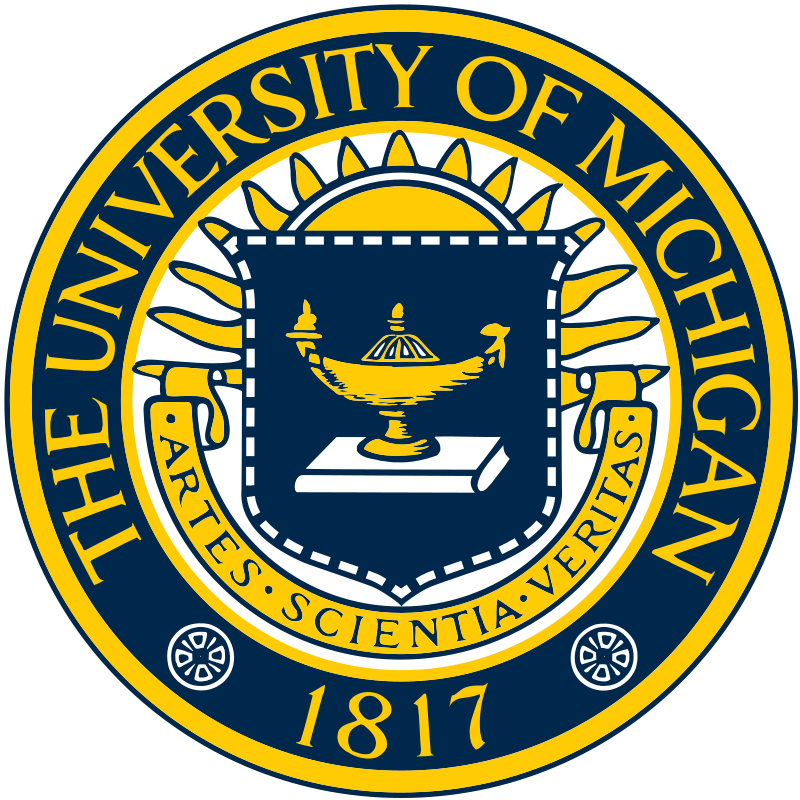Table of Contents
- General Information
- Vaccine Related Pathogen Genes
- Vaccine Related Host Genes
- Vaccine Information
- B. pseudomallei DNA vaccine encoding Flagellin Protein
- B. pseudomallei Subunit LolC Protein Vaccine
- B. pseudomallei Subunit PotF Protein Vaccine
- Burkholderia pseudomallei aroC deletion mutant vaccine
- Burkholderia pseudomallei asd mutant vaccine
- Burkholderia pseudomallei purM mutant vaccine
- Burkholderia pseudomallei purN mutant vaccine
- References
| I. General Information | ||||||||||
|

Loading Pathogen Genes...

Loading Host Genes...

Loading Vaccines...
Loading References...


